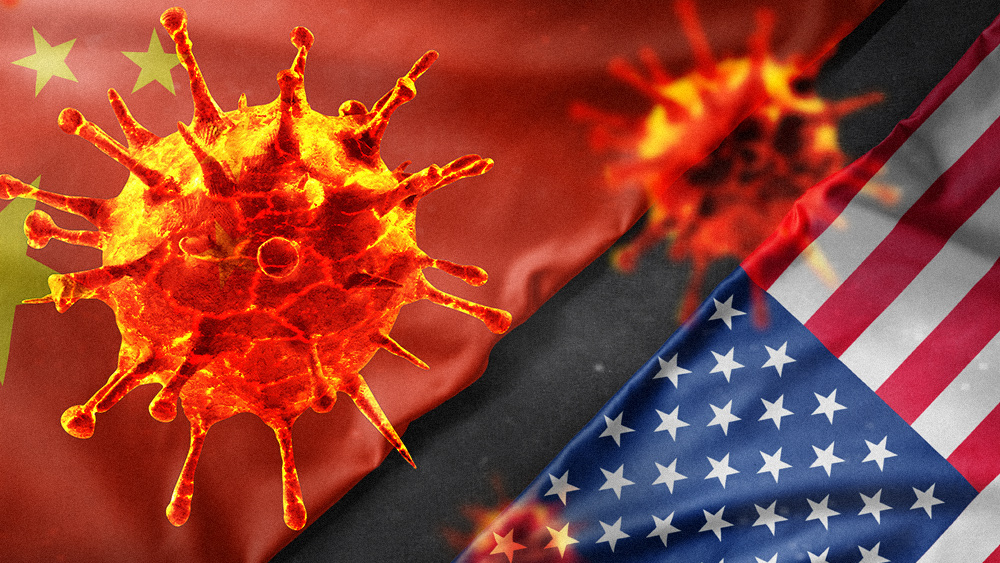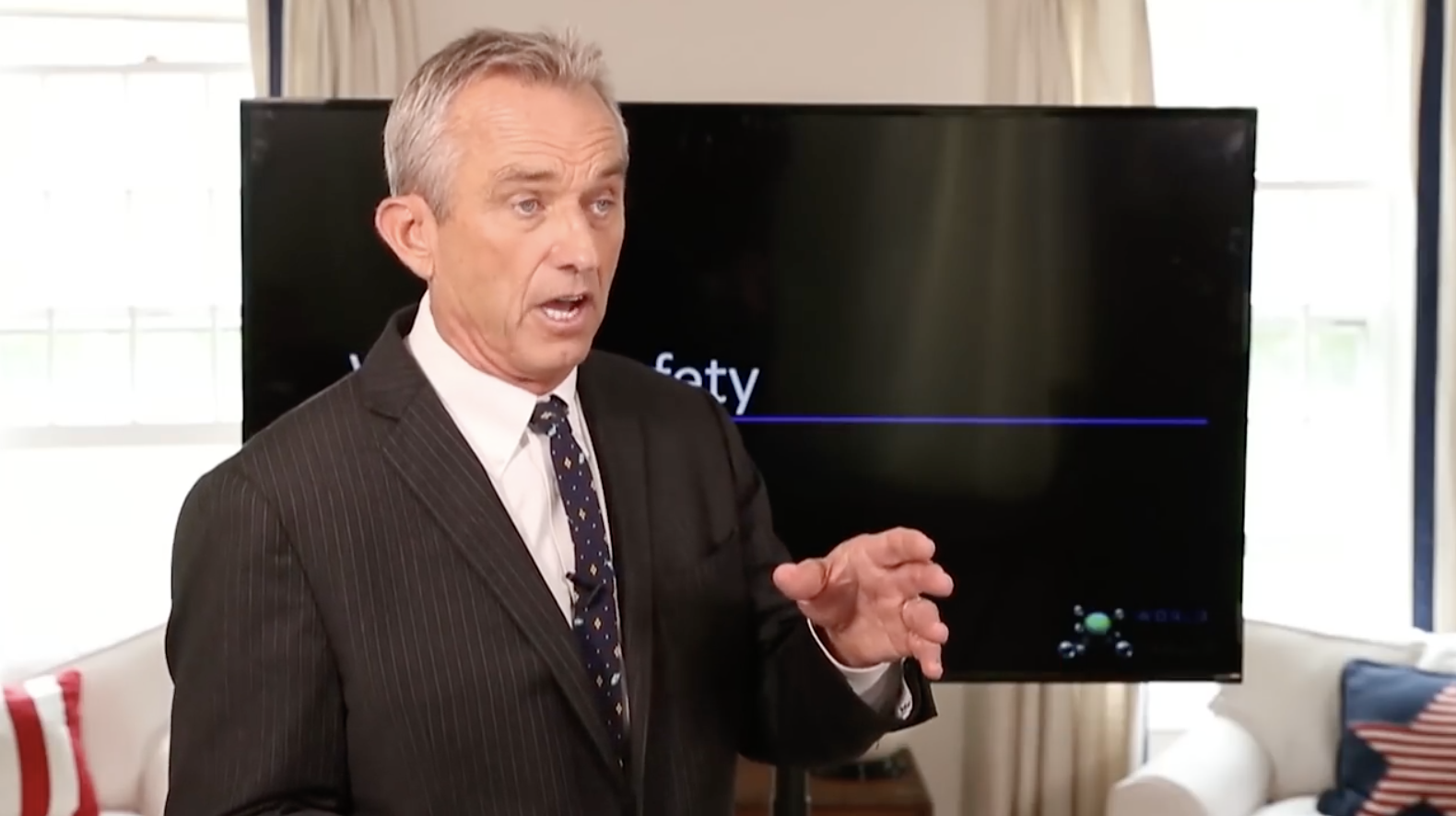
China put forward the claim that the Wuhan coronavirus (COVID-19) pandemic began in the U.S. in a bid to shift the blame away from it. An article in a Chinese state newspaper posited that the virus was already in the U.S. much earlier than the first cases in the city of Wuhan. It also claimed that scientists were threatened for their refusal to espouse the laboratory leak theory of COVID-19's origins.
A July 5 report by the Chinese newspaper Global Times suggested that the U.S. already had COVID-19 cases even before the first cases in Wuhan city were confirmed. It quoted a study by the National Institutes of Health (NIH) that examined more than 24,000 blood samples from all 50 states between Jan. 2 and March 18, 2020.
The study said: "The first [COVID-19] positive samples came from participants in Illinois and Massachusetts on Jan. 7 and 8, 2020, respectively, suggesting that the virus was present in those states in late December."
Wuhan University virologist Yang Zhanqiu told Global Times that the NIH study showed that COVID-19 in the US "probably emerged earlier than in Wuhan." Given that the U.S. has nearly all the SARS-CoV-2 variants spreading around the world, Yang argued that the coronavirus most likely originated there instead of laboratories in Wuhan city.
The World Health Organization (WHO) said that the Wuhan coronavirus is most likely transmitted from animals to humans. However, U.S. intelligence recently suggested that SARS-CoV-2 was leaked – either intentionally or accidentally – from the Wuhan Institute of Virology. Because of this new development, U.S. President Joe Biden called for a new investigation on the origins of COVID-19.
In a May 26 statement, Biden asked the U.S. intelligence community to "redouble [its] efforts to collect and analyze information" toward "a definitive conclusion" on the matter. Prior to this statement, his administration ordered the closure of an earlier investigation on COVID-19's origins led by former Secretary of State Mike Pompeo.
China accused the U.S. of politicizing the lab leak theory
The Global Times report accused the U.S. of politicizing the investigation on the origins of COVID-19. It also accused the U.S. and Australia of putting scientists in the middle of a "political storm." According to the paper, top scientists refusing to adhere to the lab leak theory have been subjected to a witch hunt by "white supremacists."
It defended National Institute of Allergy and Infectious Diseases (NIAID) Director Dr. Anthony Fauci, alleging that the infectious disease expert has been a target of Republican politicians. The paper cited moves by Rep. Elise Stefanik (R-NY) and Sen. Josh Hawley (R-MO) calling for Fauci's termination and an investigation of his recently released emails. Because of this "growing political pressure," the Global Times article described the NIAID head as being "increasingly ambiguous on his rhetoric." (Related: Top Republicans, other conservative figures call on Fauci to resign or be fired.)
It also came to the defense of Peter Daszak, president of the nonprofit EcoHealth Alliance and WHO investigator. The Global Times piece claimed that Daszak is being "personally threatened by emails, phone calls and messages on social media" by people with "far-right and … white [supremacist] leanings." (Related: Peter Daszak still insists Wuhan coronavirus came from wet market despite evidence of laboratory origins.)
Furthermore, the Global Times article alleged that evolutionary biologist Edward Holmes from the University of Sydney faced pressure from the Australian government. Holmes reportedly penned an open letter in April 2020 that said there was no evidence of SARS-CoV-2 leaking from a lab in Wuhan. The article added that he received "threatening letters with real bullets" due to this assertion.
A source Global Times talked to continued that Holmes was threatened of further crackdowns if he "continued expressing opinions on the origins of the virus." They added that due to the pressure Holmes faced, he is unable to carry out normal scientific research work and is undergoing psychotherapy.
However, both Holmes and the University of Sydney denied the claims put forward in the Global Times article. A media adviser for the university emailed the Chinese newspaper after the article was published and refuted the article's content. Holmes himself later emailed Global Times and denied the things written about him in the piece.
Visit CommunistChina.news to read more about China's attempts to shift blame away from itself following the COVID-19 pandemic.
Sources include:
Please contact us for more information.





















